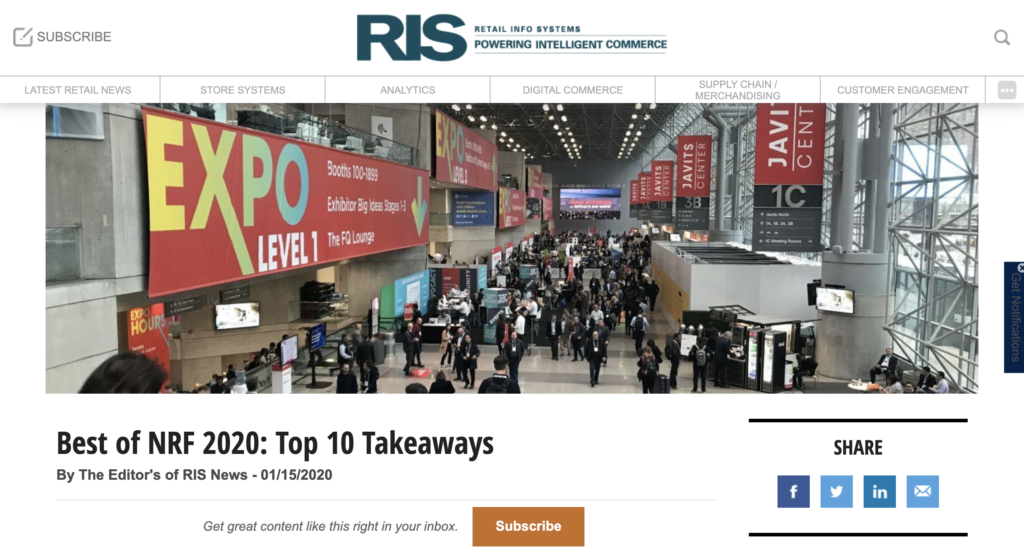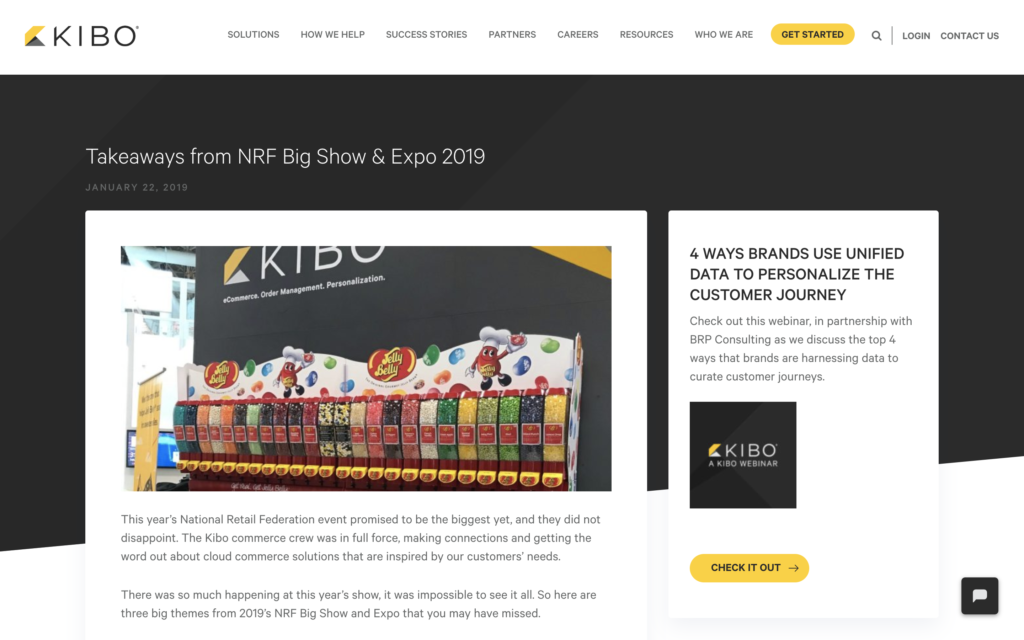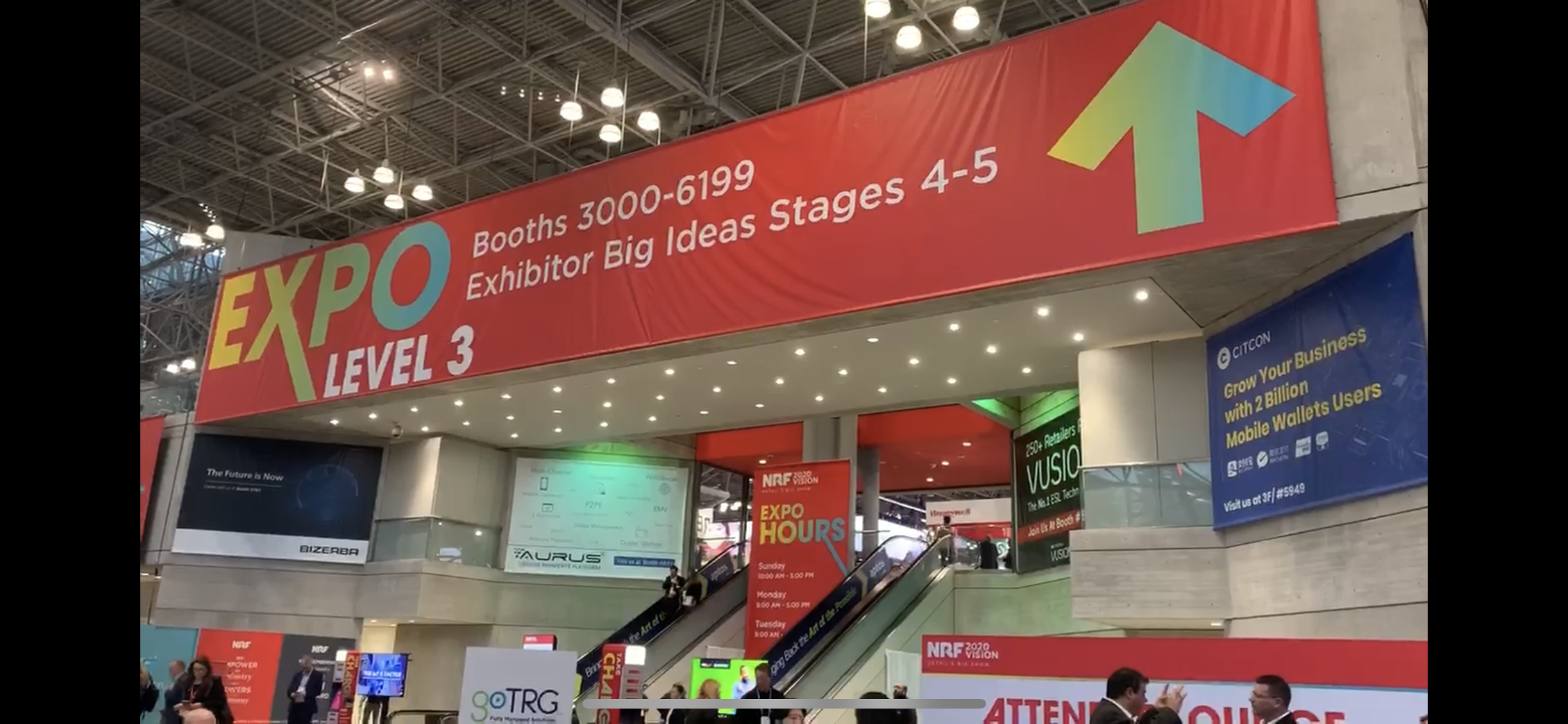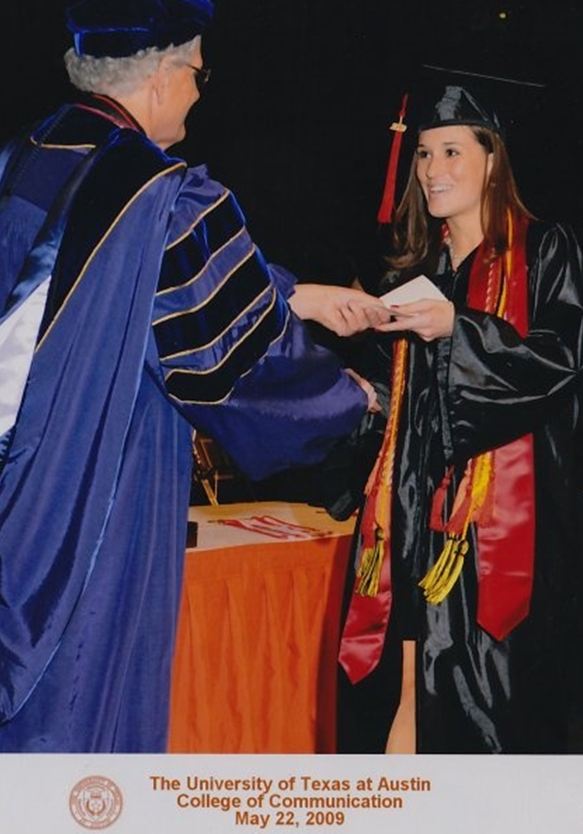Ah, tradeshows! Those giant beasts that take over our lives for at least six months, if not longer. We know B2B tradeshows are often a major line-item in a company’s yearly budget, and as such, should be treated with care. We often see a lot of time and focus on the first two, but it’s critical you know what to do after NRF to keep the momentum going.
As we have many clients, prospects and industry peers that attend the BIG Show each year, aka NRF (National Retail Federation), our goal for this blog is to provide recommendations for retail technology vendors to make note of in their post-NRF plans. After all, Ketner Group has been faithfully making the trip to New York every January since 1999.
That’s 20+ years of learning from our clients on what works and what doesn’t!
Now that the Expo Hall is officially closed, below is a quick checklist of things from the Ketner Group team to keep in mind as the dust settles from the Big Apple:
(As a general caveat, the best practices called out in this blog can really be applied to any B2B tradeshow.)
Post Show Emails to New Leads – Get Them Out, STAT!
We can’t reiterate this enough: post-show emails to the leads you generated at NRF MUST happen, and fast! Retailers have made a point to attend NRF to see what technologies they want to implement in 2020 – this is your chance to keep those conversations going.
Make sure to send personalized “thank you” emails to each person you meet; i.e., if a salesperson meets a prospect, he or she should take the lead on the follow-up. The email should contain a variety of helpful, unique information, and focus on the products they cared about specifically to give the email a more personal touch.
If you were not able to connect at the show, send “sorry we missed you” emails to the rest of your list. Their inbox will be less hectic, and there’s no pressure for them to work you into a packed schedule. This can also be a great time to get in front of someone who was underwhelmed by other vendors they may have met with on site.
If time is of the essence, you can also send out a general, visual email to everyone that was met at NRF.
Media and Analysts – Keep Those Conversations and Relationships Going
Sales leads are important at NRF, no doubt, but so are the face-to-face meetings with key media and analysts. You’ve likely executed on a successful communications/PR plan at NRF that has landed you targeted media briefings, an interview with Retail Touchpoints TV and/or inclusion in RIS News’ Top Ten Takeaways article – all hopefully with our help! – but what should you do next?

Media and Analysts You Met With
This is critical: follow up on every media and analyst request and conversation after NRF. This can be done by you and via a PR partner like Ketner Group. Conversations at NRF invariably lead to post-NRF follow-up, so it’s important to follow through on all the details. A simple thank you is helpful, but even better is following up with specific deliverables, like a demo, more insight into a customer you discussed, or a new pitch angle that might have come up, etc.
Media and Analysts You Did Not Meet With
Don’t forget to follow up with key media and analysts that you didn’t get to meet with or that were unable to attend, too.
Lastly, we’ve seen way too many cases where retail tech companies make all their announcements at NRF and then have a drought of several months when they make no announcements at all. In the past, media have been receptive to story pitches several weeks after NRF, when so much of the noise from the Big Show has died down.
If you have the luxury of multiple press releases around NRF, especially a retail customer announcement, hold one back for early February.
Content – The More Unique, The Better!
If done right, post-NRF content can help motivate prospects to continue having fruitful conversations with you. Content, which includes press releases you send out after NRF, is the best way to you top of mind with prospects AND media/analysts.
Publish a Recap Blog
Do a recap blog on your key themes from NRF, or the major topics that seemed to come up in every conversation you had, then share them on social media. Focus on adding as much unique content as you can – including images, videos, podcasts, quotes, stories – to make your content stand out. As well, include a call to action for demos of products that address those topics.
Here’s an NRF recap blog we wrote last year and a great example from Kibo.

Consider an eBook or Long-Form Content
As part of your pre-NRF preparation, consider creating an ebook (we recommend interactive or image-driven that is easy to read) that you can also send to prospects that showcases how your solution can help solve their challenges. This can be effective for both pre- and post-NRF marketing.
Most of us have little time to read these days, let alone retailers. Make sure any content you send is easily digestible as well as informative.
Promote it prominently on your website, including alongside your recap blog, and push via email and social to capitalize on the power of each channel.
Social Media – It’s All About the Hashtag (#NRF2020)
Speaking of social, your social media platforms are the perfect way to amplify the successes you achieved, promote post-show content and of course to further develop the relationships from NRF. It’s your branding megaphone, take advantage of it post-show!
If you haven’t already, follow all media and analysts you engaged with at the show to keep the conversation going. Share their NRF recap thoughts and have your leadership engage with their content, especially if you earn coverage with them.
Social Engagement Is a Full-Time Job
Note: beyond any NRF coverage, as part of your relationship building, we always recommend commenting on published articles throughout the year, even if they do not include your company. This goes a long way, especially with journalists.
And remember, the hashtag doesn’t end when the show does. Make sure to use any key hashtags, especially #NRF2020, to share any follow-up content you post.
Website – Your Branding Homebase for All Things NRF
Your website is your North Star, so make sure it has everything prospects and industry playmakers might need to get any information about your company after the BIG show.
We always recommend taking down your NRF 2020 promo branding as soon as the show ends. However, you may want to consider leaving a spot on the homepage for the “Missed Us At NRF?” crowd. Bring them to the recap blog and highlight the demos/calls to action.
As you prepare for 2020, get ready for the next show early! Wherever you’ll have a presence, promote it prominently on the site. NRF might be the biggest retail technology show, but there’s a ton of value in other shows like EuroCIS and Shoptalk coming right up. It’s never too early to get ready.
Lastly, make sure your details for 2020 are on your website. It’s best to have an events page that lists all of the events you attend in a given year.
NRF – The Gift That Keeps on Giving
We know that you put in a ton of time preparing for NRF and working overtime during the show to execute on that planning. Just don’t forget that the show isn’t over once the booth is broken down. The people you meet and relationships you build continue on for years.
Need PR and Marketing Support?
If you are looking for a retail partner for 2020, we’d love to speak with you. Drop us a line at [email protected]!



 As originally posted on The Mobile Retail Blog
As originally posted on The Mobile Retail Blog  Is it just me, or is the Halloween industry in need of a branding facelift? When I was a kid, it never occurred to me that this “holiday of sorts” was the cause for so much controversy between differing religious groups, let alone the fact that Halloween’s roots come from ancient pagans who believed that October 31 was the day that the boundaries between the worlds of the living and the dead overlapped and the deceased would come back to life and cause havoc such as sickness or damaged crops. (Thus ancient Celtics would wear masks to scare away any spirits.) I come from a Christian family, but my parents were not the ultra-conservative type, and so my brother and I always dressed up for Halloween, participated in Halloween parties at school and always went trick or treating in our safe suburban neighborhood in Lubbock, Texas.
Is it just me, or is the Halloween industry in need of a branding facelift? When I was a kid, it never occurred to me that this “holiday of sorts” was the cause for so much controversy between differing religious groups, let alone the fact that Halloween’s roots come from ancient pagans who believed that October 31 was the day that the boundaries between the worlds of the living and the dead overlapped and the deceased would come back to life and cause havoc such as sickness or damaged crops. (Thus ancient Celtics would wear masks to scare away any spirits.) I come from a Christian family, but my parents were not the ultra-conservative type, and so my brother and I always dressed up for Halloween, participated in Halloween parties at school and always went trick or treating in our safe suburban neighborhood in Lubbock, Texas. I’m Ketner Group’s resident rookie. I graduated with my bachelor’s of public relations way, way back in May 2009, and promptly joined the Ketner Group family.
I’m Ketner Group’s resident rookie. I graduated with my bachelor’s of public relations way, way back in May 2009, and promptly joined the Ketner Group family.
